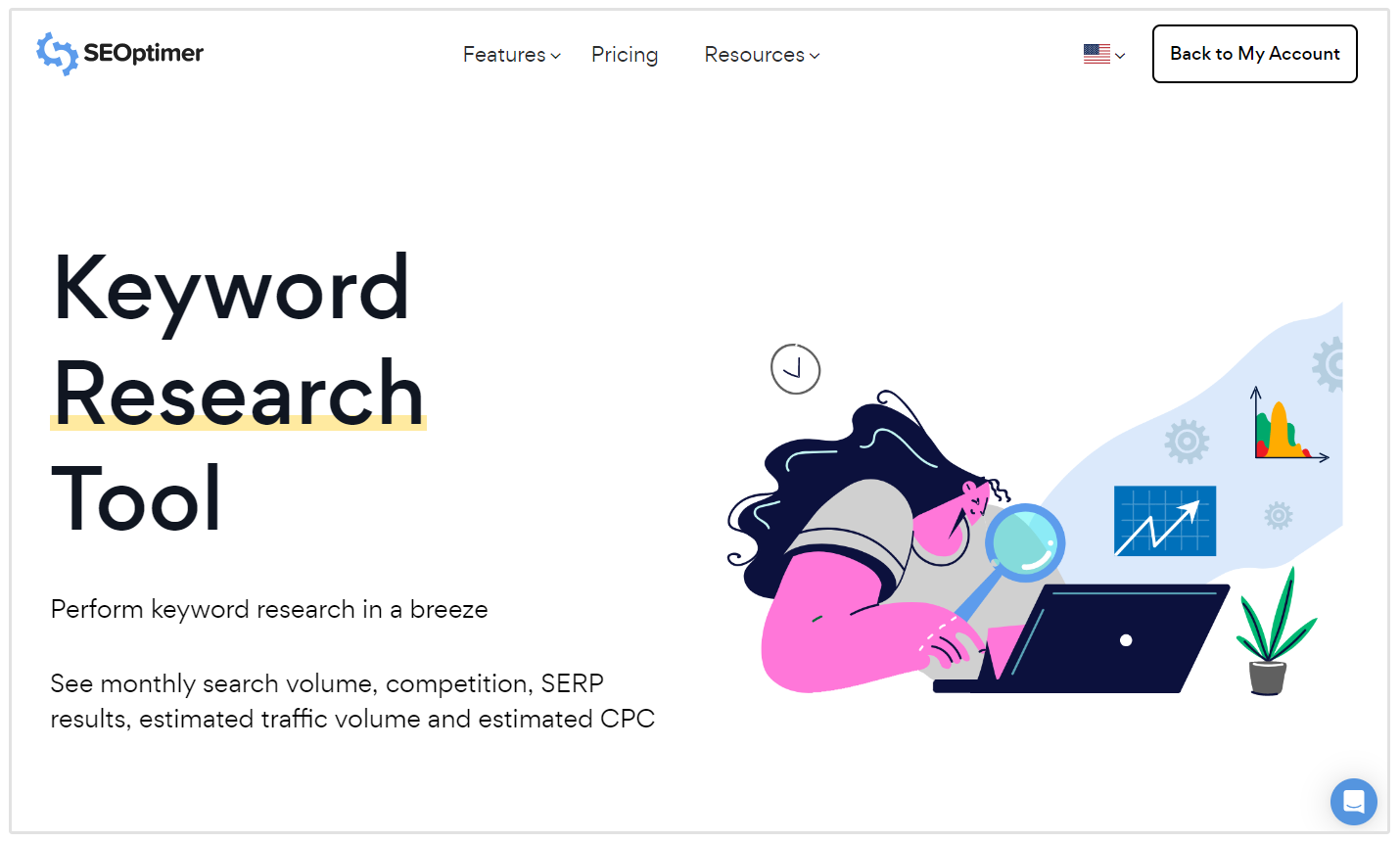Opening Secondary Dimensions in Google Analytics: Meaning and Practical Use Instances Discovered
Opening Secondary Dimensions in Google Analytics: Meaning and Practical Use Instances Discovered
Blog Article
Introducing the Influence of Second Measurement in Google Analytics on Data Analysis and Insights
In the realm of information analytics, the use of second measurements within Google Analytics has actually emerged as an essential device for removing much deeper insights and unraveling complex patterns that might otherwise stay obscured. By peeling back the layers of key information collections, additional measurements provide a nuanced perspective that enhances the understanding of user actions, site performance, and the efficiency of advertising methods. Nonetheless, the real impact and untapped possibility of second dimensions are often undervalued, overshadowed by the appeal of key metrics. As we navigate with the intricate landscape of information evaluation, the relevance of second measurements ends up being increasingly noticeable, dropping light on essential details that hold the secret to informed decision-making and calculated optimizations.
Checking Out the Principle of Second Measurements
Additional dimensions in Google Analytics provide additional understandings by allowing customers to analyze key data in conjunction with a second characteristic. By including secondary measurements, users can dig much deeper into the information and uncover useful relationships that might or else go undetected - what is a secondary dimension in google analytics.
By checking out the various second dimensions offered in Google Analytics, individuals can open new insights and enhance their electronic advertising initiatives. In essence, second dimensions offer as an effective tool for boosting information analysis and driving workable outcomes.
Enhancing Information Analysis With Additional Dimensions
Having actually developed the foundational understanding of secondary measurements in Google Analytics and their essential duty in data evaluation, the focus now changes in the direction of leveraging these secondary attributes to boost the analysis of analytics data (what is a secondary dimension in google analytics). By incorporating second dimensions into information analysis, experts can acquire deeper understandings into user behavior, internet site performance, and marketing efficiency

Furthermore, second measurements assist in contextualizing primary information metrics by giving additional layers of details. This contextualization help in recognizing the 'why' behind the data trends, helping experts make notified decisions and optimizations to improve general performance. Eventually, integrating secondary measurements enhances the information analysis procedure, causing more significant understandings and critical actions.
Revealing Hidden Insights Via Additional Dimensions
Discovering the midsts of analytics data with second dimensions discloses important understandings that would certainly otherwise stay covered. By including second dimensions in Google Analytics, organizations can unearth covert patterns, patterns, and relationships that supply an even more comprehensive understanding of customer actions and website performance. These additional layers of information enable analysts to delve deeper into the key dimensions, such as web traffic sources or touchdown web pages, and acquire a more nuanced viewpoint on how different variables engage weblink with each various other.
Through using secondary measurements, analysts can section and contrast data across various measurements, allowing them to recognize specific elements that influence individual involvement, conversion prices, and overall success metrics. For instance, by combining the main dimension of 'tool group' with the secondary dimension of 'age,' marketing professionals can pinpoint which age demographics like accessing the site via mobile phones versus desktop computers. This level of granularity empowers businesses to make data-driven choices and enhance their strategies for far better results. Eventually, uncovering surprise insights via additional measurements improves the depth and precision of information analysis, causing even more educated decision-making and enhanced efficiency outcomes.
Leveraging Additional Measurements for Actionable Analytics
Structure upon the understandings revealed through second measurements in Google Analytics, businesses can now harness this enriched information landscape to drive actionable analytics and tactical decision-making. By leveraging second measurements, companies can dig deeper right into their data to extract useful patterns, patterns, and connections that may have formerly gone unnoticed. This deeper degree of evaluation allows organizations to get a much more detailed understanding of customer actions, project efficiency, and general site efficiency.
One key benefit of utilizing secondary measurements for workable analytics is the ability to sector data based upon details criteria. This segmentation permits businesses to customize their campaigns and techniques to various audience groups, bring about more targeted and reliable advertising initiatives - what is a secondary dimension in google analytics. In addition, secondary dimensions supply a more all natural sight of user interactions, allowing organizations to optimize their web site material, style, and total customer experience
Making Best Use Of Decision-Making With Secondary Dimensions
To enhance Clicking Here tactical decision-making in analytics, leveraging additional check over here dimensions in Google Analytics can offer a much more nuanced viewpoint on customer actions and campaign performance. By integrating additional dimensions into information evaluation, organizations can dive much deeper into the specifics of their internet site visitors' communications and interaction patterns. This additional layer of info enables for a more comprehensive understanding of exactly how various variables, such as demographics, devices, or traffic resources, influence key efficiency indications.

Conclusion
Finally, using second dimensions in Google Analytics plays a vital duty in improving information analysis and discovering surprise understandings. By discovering this idea, one can acquire a deeper understanding of individual actions and make notified choices based on workable analytics. Leveraging secondary measurements permits a more comprehensive interpretation of information and optimizes the effectiveness of decision-making procedures.

Report this page